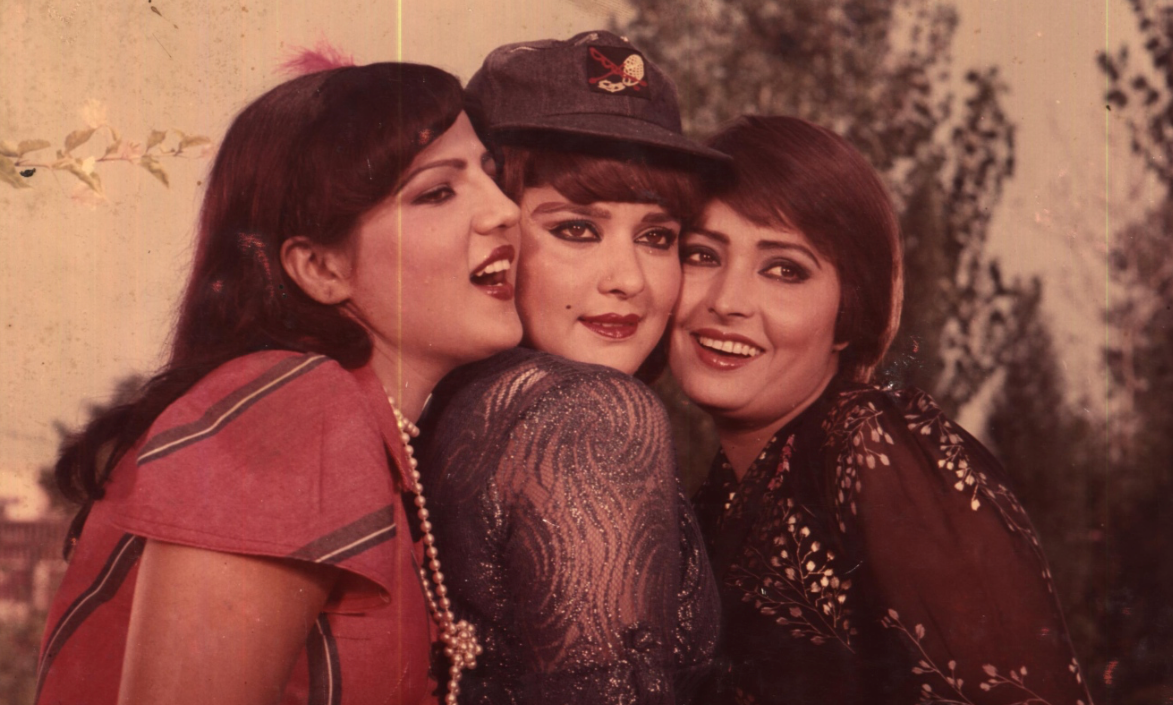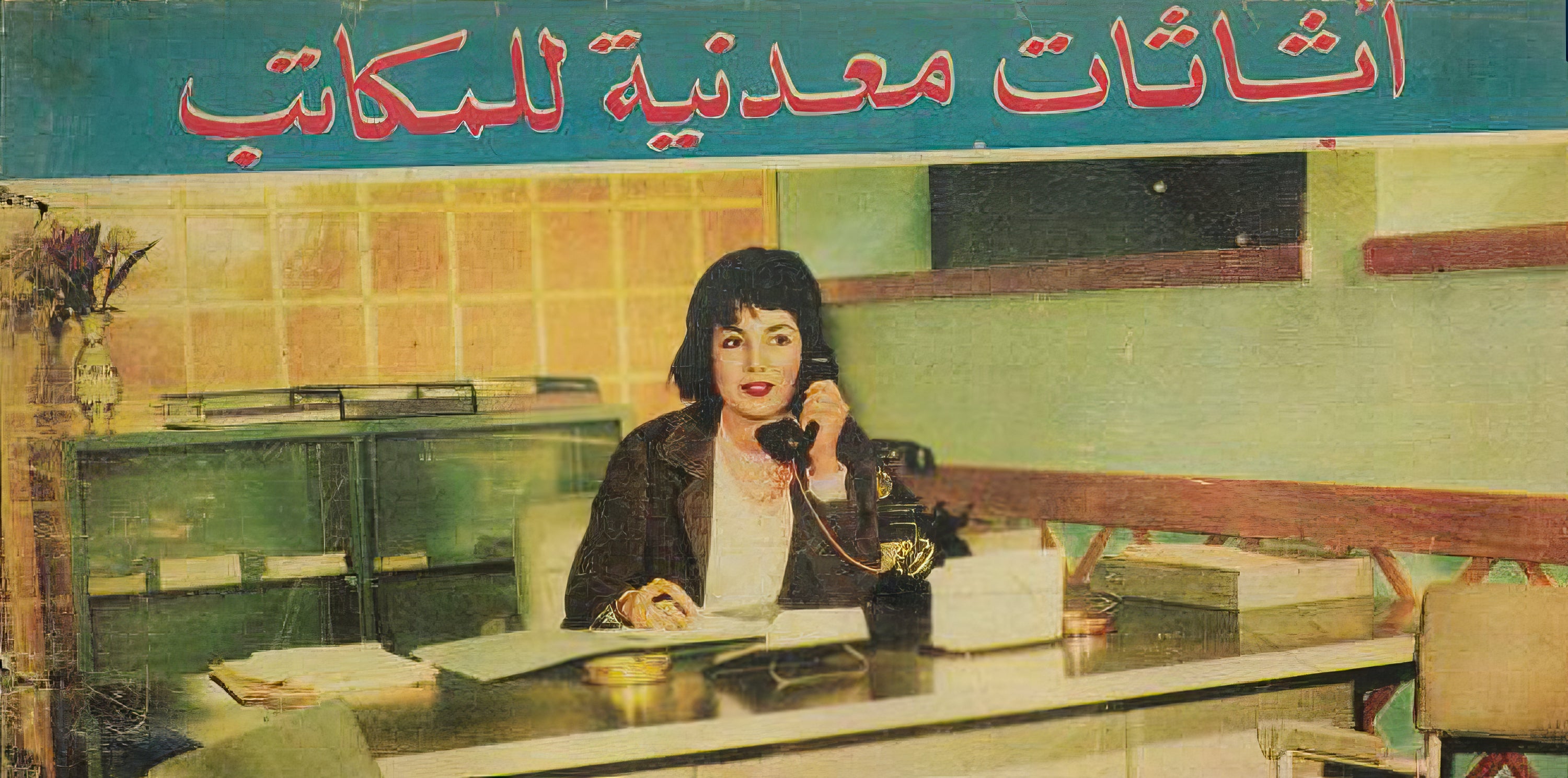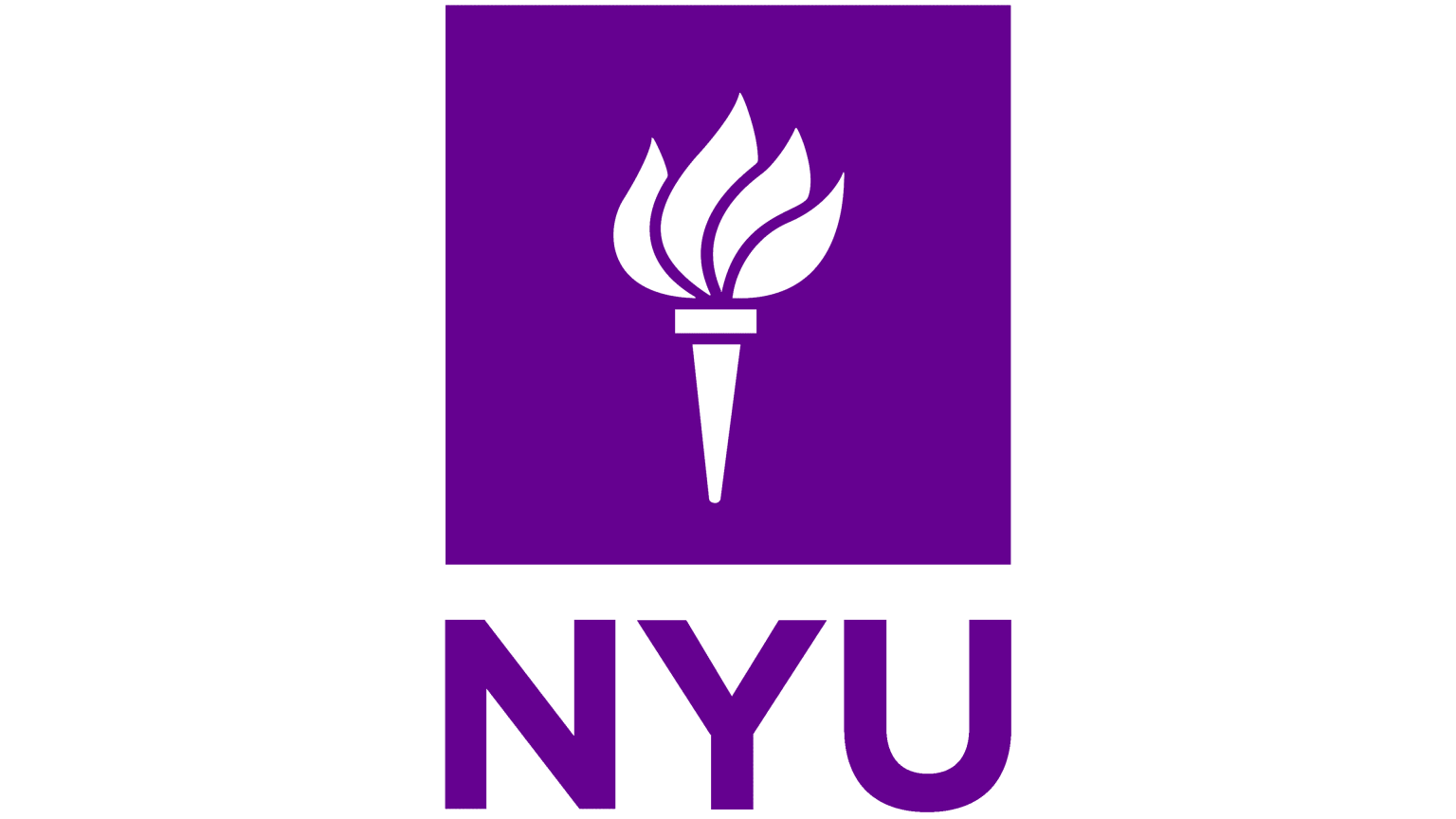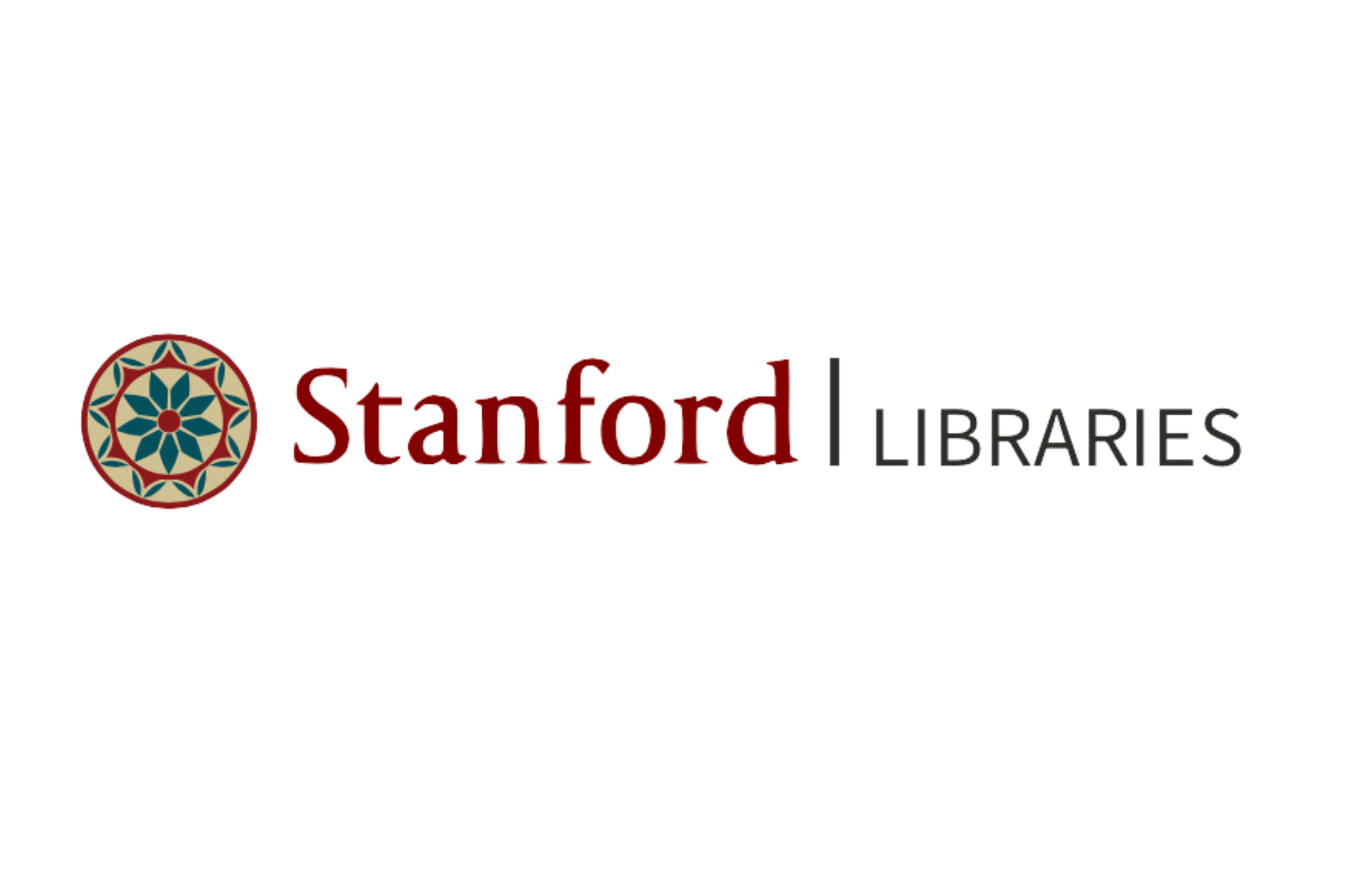Khajistan is rescuing and digitizing overlooked histories from the Islamicate world.






























BOOKSHOP




























KHAJISTAN PRESS


Price: $58.00 USD
$58.00 USD
Loading…


Price: $20.00 USD
$20.00 USD
Loading…


Price: $12.00 USD
$12.00 USD
Loading…


Price: $95.00 USD
$95.00 USD
Loading…


Price: $32.00 USD
$32.00 USD
Loading…


Price: $17.00 USD
$17.00 USD
Loading…


Price: $12.00 USD
$12.00 USD
Loading…




































MERCH
-
Read more: Banned Media in the Basement: Khajistan at SculptureCenter, NYC

Banned Media in the Basement: Khajistan at SculptureCenter, NYC
by Khajistan Cultural Desk
Exhibit: Jun 19–Jul 28, 2025 at SculptureCenter, New York CityOpening Reception: Jun 18, 6–8pmKhajistan Bazaar: Sundays, Jun 22–Jul 27, 12–6pm ...Read more -
Read more: Khajistan Manifesto / 2025

Khajistan Manifesto / 2025
by Saad Khan
Read the full Khajistan Manifesto 2024 here. Khajistan archives banned and overlooked media from Indus to Maghreb. We preserve real life that someh...Read more -
Read more: Kharabat Vol. 1 Launches in London, Paris & NYC

Kharabat Vol. 1 Launches in London, Paris & NYC
by Khajistan Cultural Desk
Khajistan Press invites you to the launch of Kharabat Vol. 1 at Reference Point, London; Noosh Bar, Paris; Storm Books & Candy, NYC; and Printe...Read more -
Read more: Book Launch: American War Propaganda Leaflets: 1990–2022 by Khajistan Press at Printed Matter, NYC

Book Launch: American War Propaganda Leaflets: 1990–2022 by Khajistan Press at Printed Matter, NYC
by Khajistan Cultural Desk
Launch + conversationWhen: March 13, 2024, 6–8PMWhere: Printed Matter, Inc., New York CityJoin us at Printed Matter for the launch of American War ...Read more


























































































































































